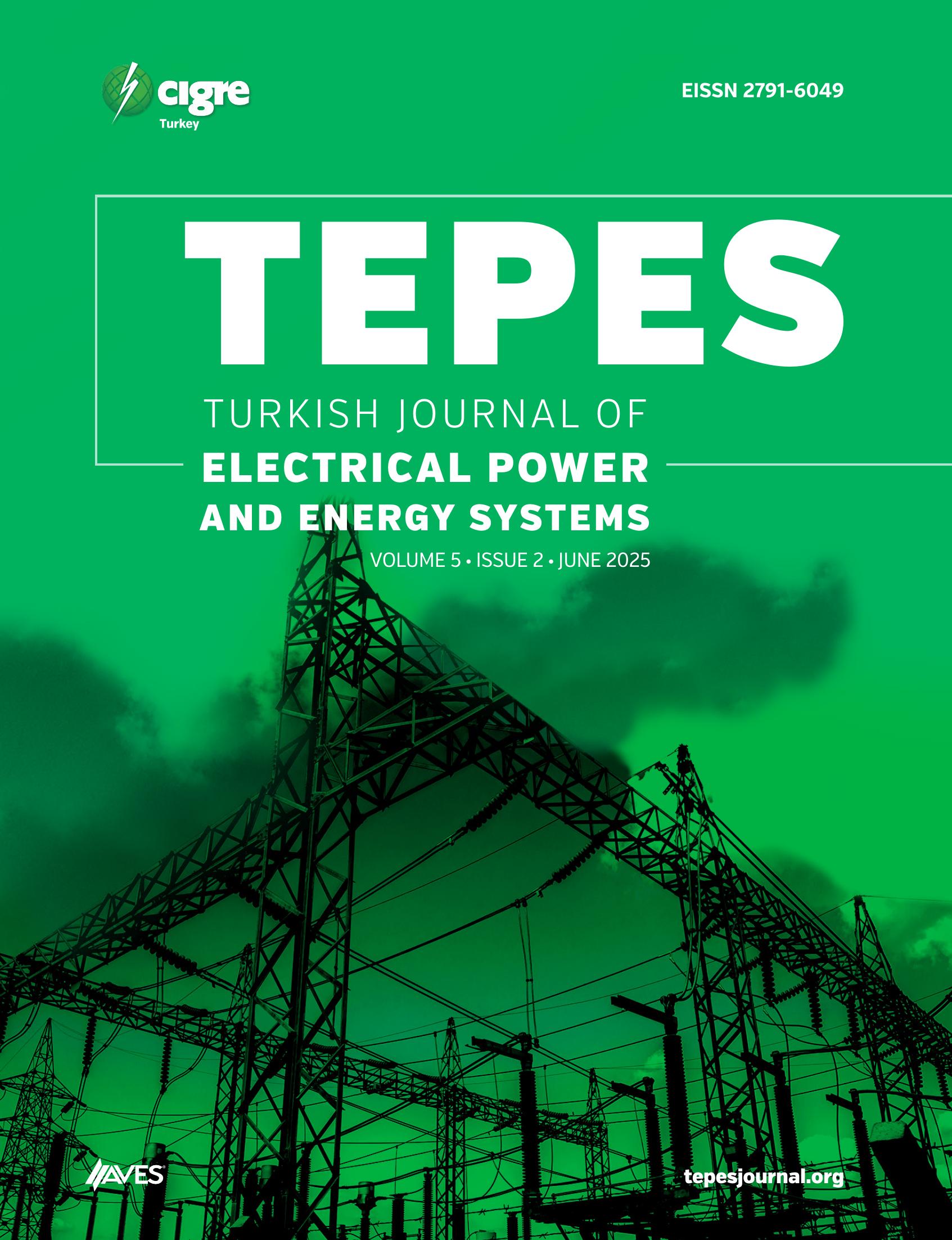In recent years, increasing the rate of green energy use in order to meet the increasing energy demand and combat global warming has become one of the important goals of the countries. For this reason, the integration of renewable energy sources as distributed generation has become increasingly popular. In this study, hybrid renewable energy systems were designed for the electrification of a 100-household area in the Sarayköy district of Denizli province, Turkey, and the Hybrid Optimization Model for Electric Renewables program was used to optimize the required component outputs to to achieve the best economic and environmental results. A total of six hybrid renewable energy system designs, three grid-connected and three stand-alone, were created with different combinations of components such as photovoltaic panel, wind turbine, diesel generator, battery energy storage system, and converter. The most economical design was the grid-connected system with only solar energy with a unit energy cost of 0.0362 $/kWh, while the most cost-effective was the stand-alone system containing solar energy, wind energy, and batteries with 1.61 $/kWh. In terms of the environment, on the contrary, off-grid systems emit less carbon dioxide, while on-grid systems emit more carbon dioxide.
Cite this article as: M. Pürlü, C. Andiç, E. Aydın and B. Solak, “Optimal design of hybrid renewable energy system for a region in Turkey using HOMER,” Turk J Electr Power Energy Syst., 2023; 3(3), 146-155.








